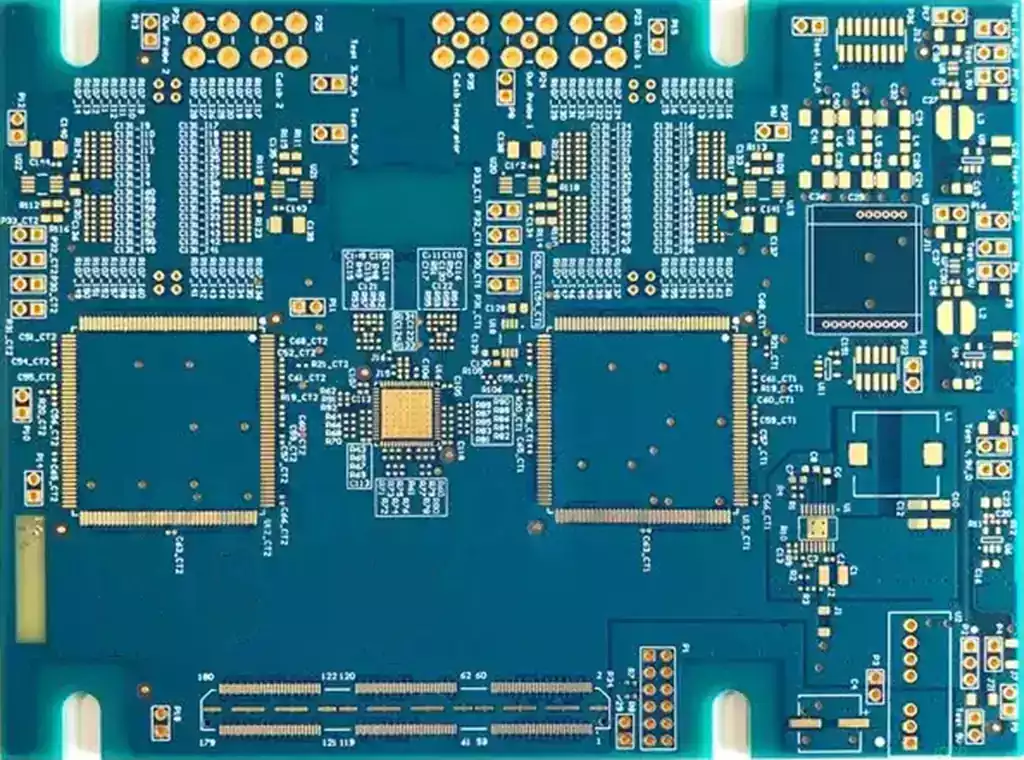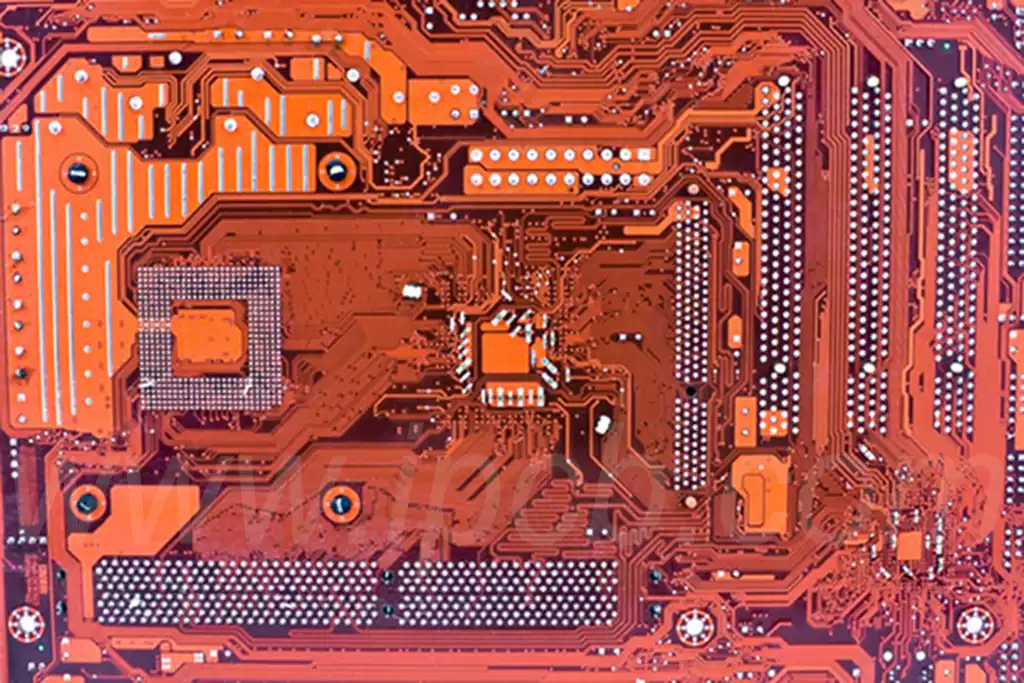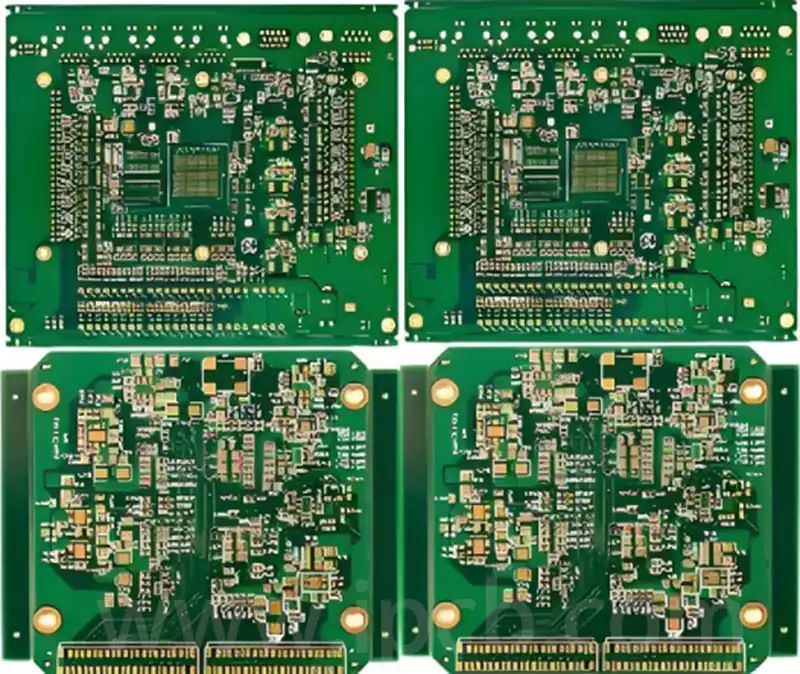To build passive power factor correction (PFC) circuits, we have traditionally relied on passive components such as capacitors and inductors to extend the current conduction angle and smooth the pulse to reduce harmonic distortion of the current. While this approach is simple and reliable, the size and cost issues of passive components come to the fore in high power applications. Moreover, the power factor of passive PFC designs is usually limited to about 0.9 and is susceptible to frequency, load variation and input voltage.
To overcome these limitations, active PFC circuits topologies such as boost PFC, dual-boost bridgeless PFC, and totem pole bridgeless PFC are widely used. These topologies use different combinations of active components and each has its own advantages in terms of efficiency and power rating. When designing an active PFC, choosing the right controller is critical, but again, the gate driver, which is closely tied to the controller’s switching FETs, should not be overlooked.
The gate driver, although often overlooked, plays an integral role in system performance. It is essentially an amplifier, with minimal switching losses to amplify the logic signal into a high-current and high-voltage signals to quickly turn on and off the MOSFET or IGBT. if the power switching MOSFET or IGBT is compared to the handle of the faucet, then the gate driver is like the bartender’s hand muscles, while the controller is the bartender’s brain. The quality of the tap handle and the skill of the bartender together determine how much beer is in the glass.

In a PFC circuit, the gate driver adjusts the current by switching transistors during the boost phase to ensure that the current is synchronized with the sinusoidal voltage. So how does the gate driver affect PFC circuit performance? Key parameters and features include:
Drive current capability: for high power applications, a strong current driver can drive multiple FETs simultaneously, providing greater flexibility.
Switching speed: Propagation delay, delay matching and signal rise/fall time have a significant impact on the speed and control accuracy of power switching.
Protection features: such as breakdown protection (interlocking function), which is critical in specific applications (e.g., totem pole PFCs) to prevent damage caused by switches turning on at the same time.
In summary, optimizing the performance of active PFC circuits requires not only consideration of topology and controller selection, but also attention to the role of the gate driver. By carefully designing and selecting the gate driver, we can further improve the performance of PFC circuits to achieve higher power factor and more stable operation.



